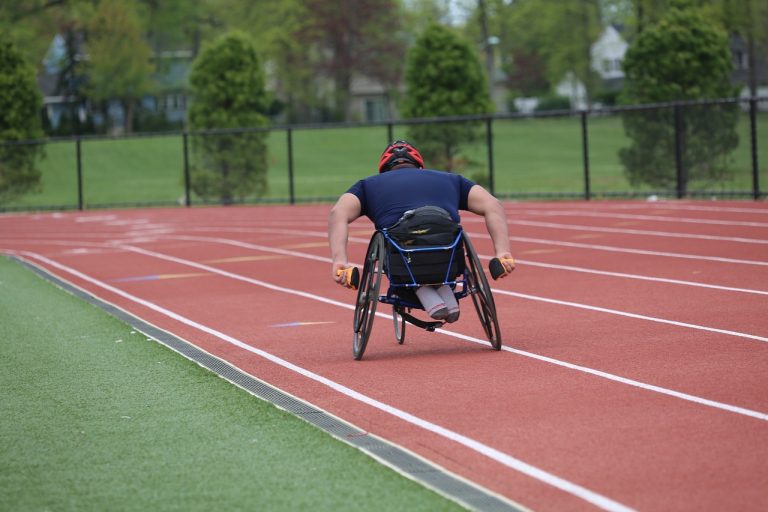General Rules of Kite Landboarding
Did you know that kite landboarding has been growing in popularity, with over 50,000 participants worldwide? When hitting the shores for a thrilling session, it's important to adhere to the general rules that guarantee both your safety and that of others around you. From understanding wind conditions to knowing how to handle your kite properly, these guidelines will set the foundation for an exhilarating and secure experience. So, before you gear up and head out to catch the wind, make sure to familiarize yourself with these essential rules that will make your landboarding adventure a memorable one.
Safety Gear Requirements
To guarantee your safety while kite landboarding, it is essential to wear the appropriate safety gear. The most critical piece of equipment you must have is a helmet. Your head is one of the most vulnerable parts of your body while engaging in this exhilarating sport, and a helmet can protect you from serious head injuries in case of falls or accidents. Make sure your helmet fits snugly and securely, providing maximum protection without obstructing your vision.
In addition to a helmet, wearing the right protective gear is vital. Elbow and knee pads are essential to prevent abrasions and fractures in case of tumbles. They offer cushioning and support, reducing the impact on your joints and bones. Wearing gloves is also advisable to protect your hands from blisters and cuts while controlling the kite and board.
When selecting your protective gear, make sure that it is of high quality and fits you properly. Ill-fitting gear can be just as dangerous as not wearing any at all. Invest in gear that is specifically designed for kite landboarding to ensure it meets the necessary safety standards.
Beach Etiquette
Ever wondered how to guarantee a pleasant and respectful experience for all on the beach? When engaging in kite landboarding, it is essential to adhere to beach etiquette to make sure a harmonious environment for everyone. Beach cleanliness is vital for maintaining the beauty of the shoreline and preserving the ecosystem. Make sure to clean up after yourself by disposing of any trash in designated bins or taking it with you when you leave. Respectful behavior towards other beachgoers is also key. Be mindful of personal space and avoid disrupting others with loud noises or reckless behavior.
To contribute to beach cleanliness, consider bringing a small trash bag with you to collect any litter you may come across during your time on the beach. By taking a proactive approach to keeping the beach clean, you set a positive example for others to follow. Additionally, practicing respectful behavior involves being considerate of those around you. Avoid playing music loudly, be cautious when moving through crowded areas, and always yield to pedestrians to prevent any accidents.
Wind Conditions Awareness
Being mindful of wind conditions is important for safe and enjoyable kite landboarding experiences. When you hit the beach with your landboard, keep these factors in mind:
- Wind Speed: The velocity of the wind is a critical factor to take into account. You want a steady breeze for kite landboarding, ideally between 10 to 25 miles per hour. Too little wind, and you won't have enough power to move; too much wind, and controlling the kite becomes challenging. To gauge wind speed, you can use an anemometer or look out for visual cues like the movement of tree branches or the ripples on water.
- Wind Direction: Understanding the wind direction is key for your safety. Always make sure that the wind is blowing onshore or along the beach rather than offshore. Offshore winds can drag you out to sea, posing a significant risk. Before you start, assess the wind's path and make sure you have ample space downwind for maneuvering.
- Safety Precautions: Prioritize safety by wearing appropriate protective gear such as a helmet, knee and elbow pads, and sturdy footwear. Additionally, always have a safety leash attached to your wrist to quickly release the kite in case of emergencies. Regularly check your equipment for any signs of wear and tear to prevent accidents.
Proper Kite Handling
For effective kite landboarding, mastering the art of handling your kite with precision and control is paramount. When it comes to proper kite handling, two key elements to focus on are wind direction and kite control. Understanding the wind direction is critical as it directly impacts how your kite behaves in the air. Always position yourself in a way that allows the wind to catch the kite appropriately, providing you with the necessary power to maneuver on your landboard.
Proper kite control involves being able to manipulate the kite to perform the desired movements smoothly. Start by familiarizing yourself with the kite's control bar and lines. These are your tools to steer the kite in the direction you want to go. Practice different techniques such as steering the kite up and down, left and right, to gain confidence in controlling its movements effectively.
When handling the kite, keep a firm grip on the control bar and make subtle adjustments to guide the kite where you want it to go. Remember that small movements can have significant effects on the kite's behavior, so practice precision in your control. By mastering wind direction awareness and kite control techniques, you'll be well on your way to enjoying the thrills of kite landboarding with confidence and skill.
Equipment Maintenance Tips
To guarantee peak performance and longevity of your kite landboarding equipment, regular maintenance is essential. Here are three key maintenance tips to keep your gear in top shape:
- Board Waxing and Tire Inflation: Just like surfboards need waxing for smooth glides on the waves, your landboarding board also requires waxing for peak performance. Regularly waxing your board not only protects it from wear and tear but also ensures you have a smooth ride. Additionally, don't forget about your tires. Properly inflated tires provide better traction and control, enhancing your overall landboarding experience.
- Bearing Lubrication and Kite Repair: Bearings play a vital role in the smooth rotation of your wheels. To keep them functioning properly, make sure they are well-lubricated. Regularly check for any signs of wear or damage and replace them as needed. Furthermore, kite repair is essential for maintaining the integrity of your kite. Small tears or holes can quickly worsen if left unattended, affecting your performance and safety. Keep a repair kit handy and promptly fix any damages to your kite to prolong its lifespan.
Emergency Protocols
In case of an emergency during your kite landboarding session, knowing the proper protocols is important for your safety and well-being. Basic first aid knowledge can be extremely beneficial in situations where immediate help is required. Make sure to have a small first aid kit with you that includes items like bandages, antiseptic wipes, and pain relievers. It's also critical to carry emergency contacts with you at all times. Have important phone numbers saved in your phone or written down in a secure place in case you need to reach out for help quickly.
When evaluating an emergency situation, always prioritize your safety and that of others around you. If someone is injured, confirm the area is safe before approaching them. Evaluate the severity of the injury and provide basic first aid assistance if you are trained to do so. If the situation is beyond your capabilities, contact emergency services immediately.
Frequently Asked Questions
What Are Some Common Beginner Mistakes to Avoid When Learning Kite Landboarding?
When starting kite landboarding, beware of common mistakes like pulling too hard on the kite or ignoring safety tips. These errors can lead to chaotic crashes and risks to your well-being. Stay alert, learn, and ride safely!
How Do You Choose the Right Size Kite for Different Wind Conditions?
When choosing the right size kite for different wind conditions, consider safety precautions and performance factors. Match kite size to wind strength; smaller kites for strong winds, larger kites for lighter winds. Prioritize safety and enjoy the ride!
Are There Any Specific Techniques for Turning or Stopping While Kite Landboarding?
When surfing the winds on your board, you'll glide with grace in mastering turning techniques and stopping maneuvers. Embrace the dance of control as you carve through the air, twirling and halting effortlessly.
What Are Some Recommended Locations or Terrains for Kite Landboarding?
For the best kite landboarding thrills, head to beach dunes for sandy speed or mountain trails for an adrenaline rush. Grass fields offer smooth rides, while desert plains provide vast open spaces for freestyling fun.
How Can I Improve My Balance and Control While Kite Landboarding?
To enhance your balance and finesse in kite landboarding, focus on improving stability by engaging your core muscles. Practice control by adjusting your body position and responding smoothly to wind shifts. Enjoy the thrill of mastering this exhilarating sport!






